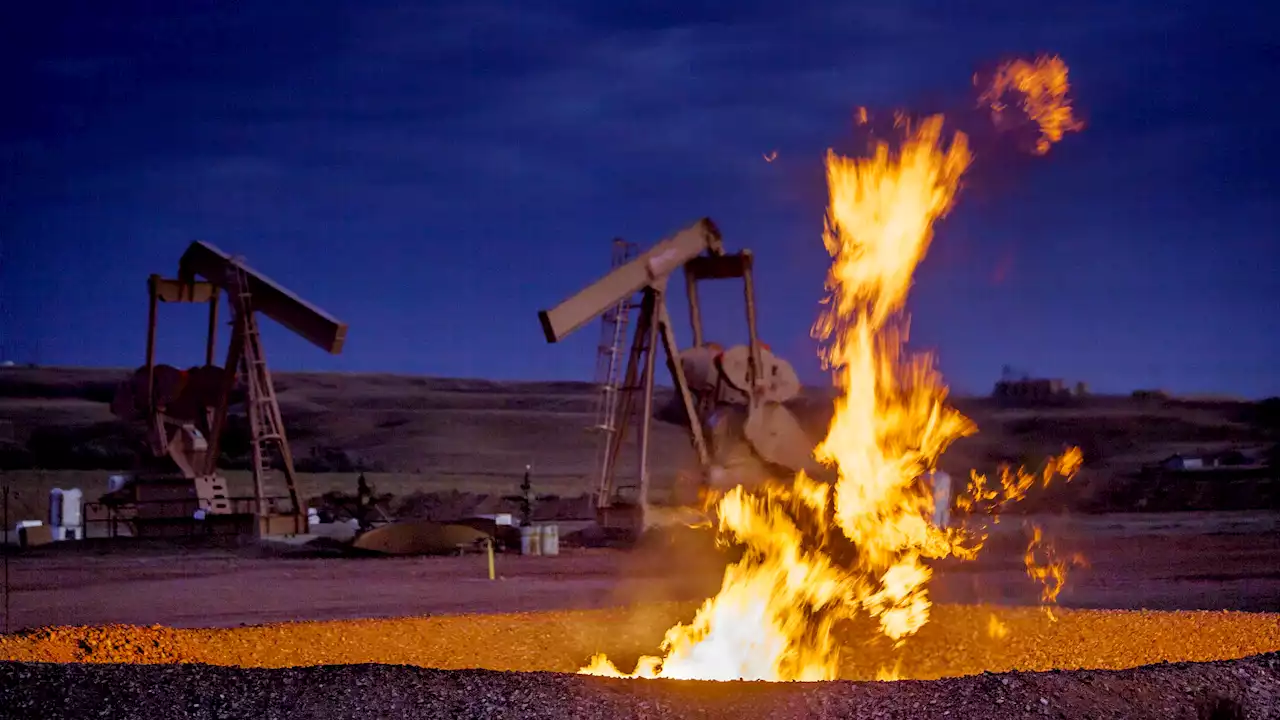Fixing inefficient oil field flaring could drastically reduce methane emissions
Oil and gas companies regularly use flaring to limit the amount of natural gas escaping into the atmosphere, but the practice might not be as kind to the planet as previously thought. Scientists at the University of Michigan, Stanford and elsewhere havethat flaring is much less effective than the industry assumes, and puts out five times more methane than predicted.
Companies and governments act on the belief flares are always lit and burn off 98 percent of methane. However, aerial surveys of three US basins have revealed that the flares aren't lit up to 5 percent of the time, and operate inefficiently when they're active. In practice, the flaring efficiency is just 91 percent. That may not sound like a big dip, but it signifies that there's a large volume of unaccounted-for methane contributing to climate change.
All products recommended by Engadget are selected by our editorial team, independent of our parent company. Some of our stories include affiliate links. If you buy something through one of these links, we may earn an affiliate commission. All prices are correct at the time of publishing.
